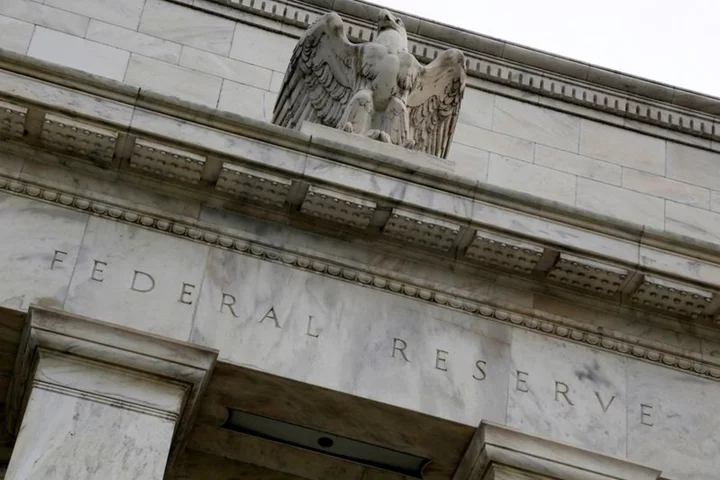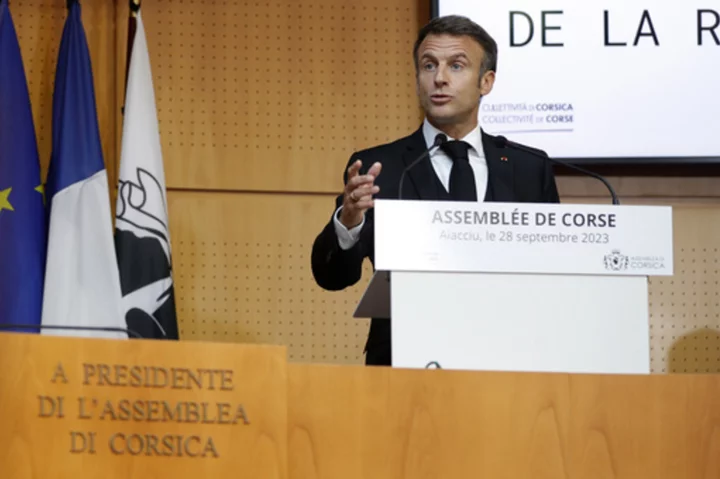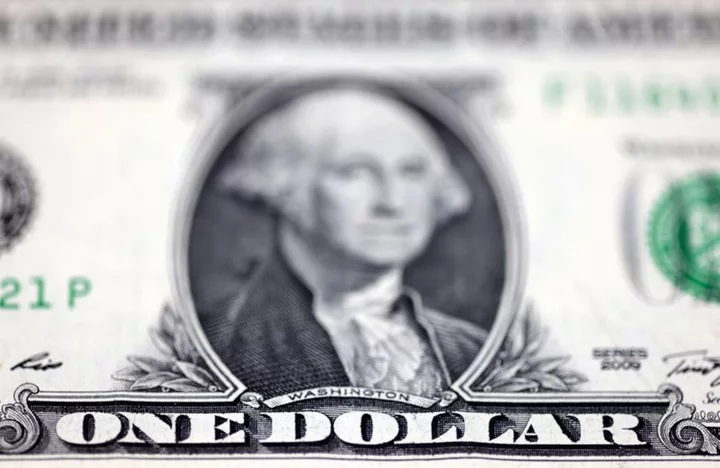By Michael S. Derby
NEW YORK The Federal Reserve will need nearly four more years to cover a historic operating loss and start sending profits again to the U.S. Treasury, according to new research from the Federal Reserve Bank of St. Louis.
The losses are a product of the Fed’s rate rise cycle which saw the central bank sharply increase its interest rate target while at the same time shrinking the size of its balance sheet, both of which are being done to make monetary policy tight enough to cool high levels of inflation.
The pincer movement of these two policy actions drove the Fed to start losing money in September 2022. The central bank captures the net negative income situation in an accounting measure called a deferred asset, which as of Nov. 22 stood at $120.4 billion.
As the Fed sees it, the deferred asset is what must be covered before the central bank can again return excess earnings to the Treasury. The Fed has repeatedly stressed that losing money in no way impacts its ability to operate and conduct monetary policy.
The research from the St. Louis Fed estimates it will cover the deferred asset by mid-2027.
The Fed’s losses are essentially without precedent in its history. The Fed funds its work through services it provides to the financial sector and from interest income generated by the Treasury and mortgage bonds it owns. Whatever the Fed earns beyond its operating expenses is then returned to the Treasury Department.
For years, the Fed has been a steady money maker. A rock bottom federal funds rate coupled with the income it earned from a massive balance sheet has allowed the Fed to hand back nearly $1 trillion to the government over the past decade. In 2022, the Fed handed back $76 billion, after returning $109 billion in 2021.
But that changed in the fall of 2022 when the federal funds rate moved high enough over the income it derived from bonds and services to tip the Fed over into a loss. The red ink further mounted as the funds rate, now at between 5.25% and 5.5%, rose, while the stock of bonds owned by the Fed and generating income contracted.
CLOUDY OUTLOOK FOR LOSSES
Uncertainty over the monetary policy outlook complicates estimating how great the ultimate size of the loss will be, when it will stop and when the Fed will cover the deferred asset and start handing money back to the Treasury.
Some private sector analysts see the net loss peaking in the $150 billion to $200 billion range, possibly hitting that mark in 2025. Earlier this year, the New York Fed estimated the central bank would return to profitability in 2025, which would allow it to start paying down the deferred asset.
Joseph Wang, chief investment officer at Monetary Macro, said the Fed numbers may be a little stale in light of recent market events “so it looks like Fed will have negative income a bit longer than initially projected.” That means “the Fed could carry this deferred asset a little longer until 2028.”
(Reporting by Michael S. Derby; Editing by Andrea Ricci)









